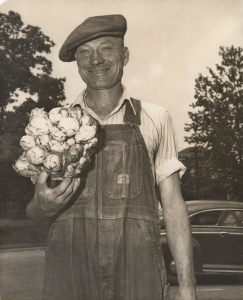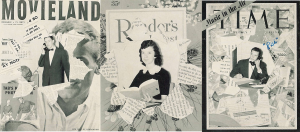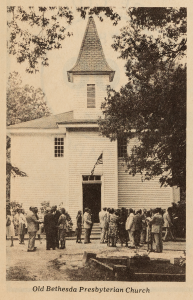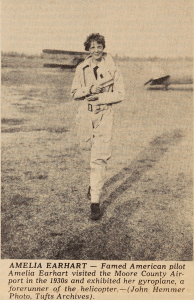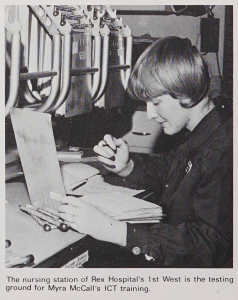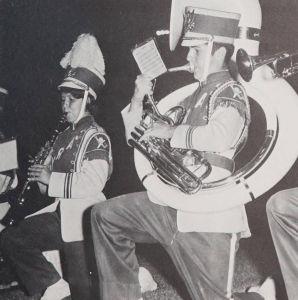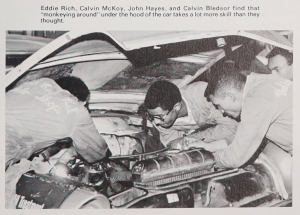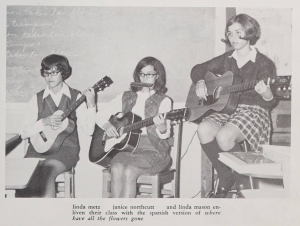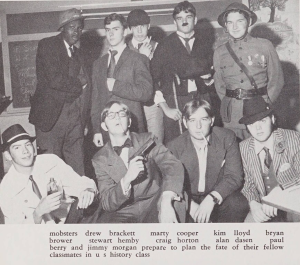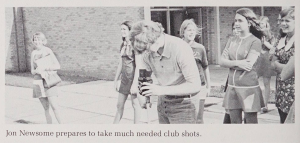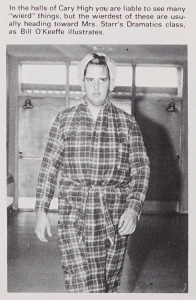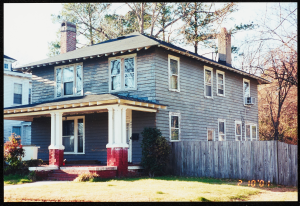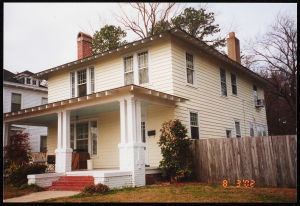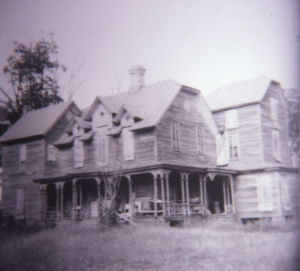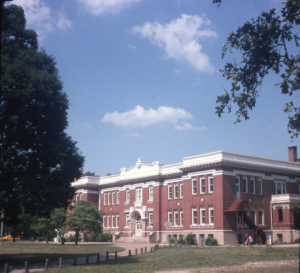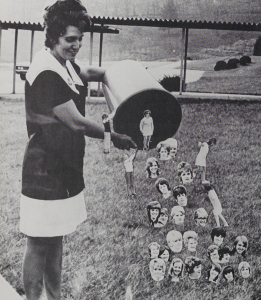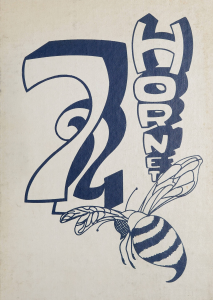 Along with materials about the university are materials from some of the historic Black high schools in Durham, especially Hillside High School. This batch has seven issues of the Hillside High School yearbook The Hornet (plus one yearbook from John R. Hawkins High School and two from the Lincoln Hospital School of Nursing). It also has several reunion programs and speeches, alumni directories, building and land records, a copy of the Hillside History Book, and two issues of the student newspaper The Hillside Chronicle. Though our partner did not have many issues of the Hillside High School student newspaper on file, we hope members of the community will be willing to contribute any issues they have saved to help make our digital collection more complete.
Along with materials about the university are materials from some of the historic Black high schools in Durham, especially Hillside High School. This batch has seven issues of the Hillside High School yearbook The Hornet (plus one yearbook from John R. Hawkins High School and two from the Lincoln Hospital School of Nursing). It also has several reunion programs and speeches, alumni directories, building and land records, a copy of the Hillside History Book, and two issues of the student newspaper The Hillside Chronicle. Though our partner did not have many issues of the Hillside High School student newspaper on file, we hope members of the community will be willing to contribute any issues they have saved to help make our digital collection more complete.
One especially exciting record from NCCU is the collection of boycott and student protest materials, which includes leaflets and a letter from a 1961 business boycott by the NAACP Youth Councils and College Chapters and correspondence from the 1970 SGA boycott. The 1961 boycott letter lists several recognizable stores that the NAACP YCCC successfully boycotted, and it makes an interesting mention of the role of race as an admission factor at Durham Academy. Separately, the demands of the SGA boycott (1970) are spelled out more clearly in this collection of correspondence between then-SGA President Phillip Henry and then-University President Albert Whiting. In the first document, students announce their intention to boycott classes until their “grievances and demands have been met to the satisfaction of the student body.” The organizers recommend the formation of a committee of students and faculty—where each have equal voting power—to implement solutions. For students looking for models of collective action and bargaining, these papers would be a good place to start.
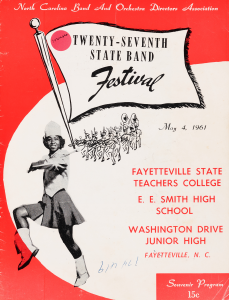 In terms of high school materials, one unique item from this batch is the Twenty-Seventh State Band Festival Program from 1961. The festival welcomed bands to Fayetteville State Teachers College and recognized some of the band directors from around the state. Former and current band kids may appreciate the list of pieces approved for the 1962 festival as well as the (somewhat familiar) rating system below.
In terms of high school materials, one unique item from this batch is the Twenty-Seventh State Band Festival Program from 1961. The festival welcomed bands to Fayetteville State Teachers College and recognized some of the band directors from around the state. Former and current band kids may appreciate the list of pieces approved for the 1962 festival as well as the (somewhat familiar) rating system below.
You can see the full batch of photos, programs, and other documents here, and the full batch of yearbooks and literary magazines can be found here. You can also see all issues of the North Carolina Central University student newspaper here and all issues of the Hillside High School student newspaper here. To see all materials from NCCU, you can visit their partner page and their website.
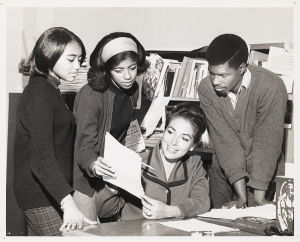
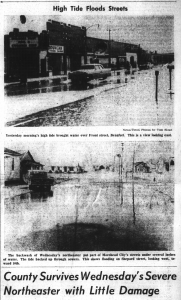
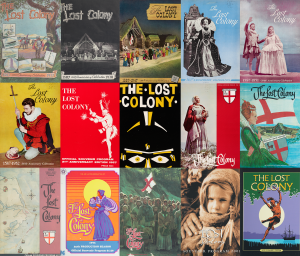
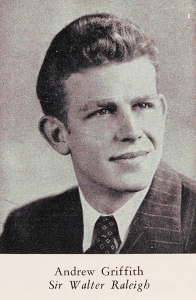
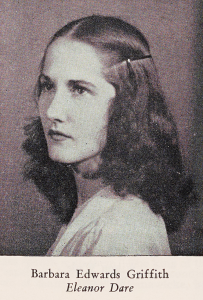 Of the many notable figures who have participated in the annual play season, one of the most recognizable and beloved is actor
Of the many notable figures who have participated in the annual play season, one of the most recognizable and beloved is actor 
